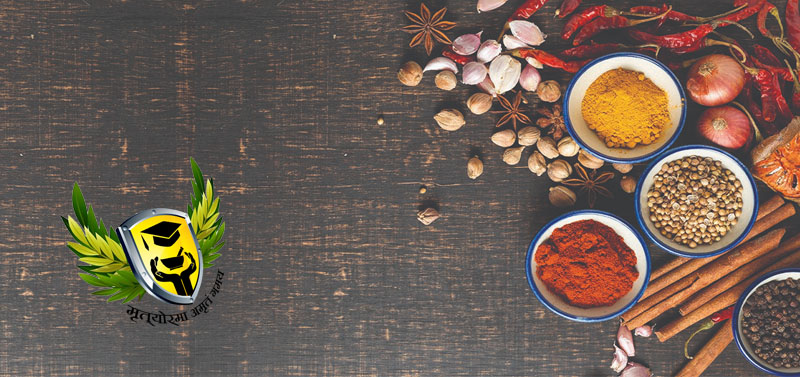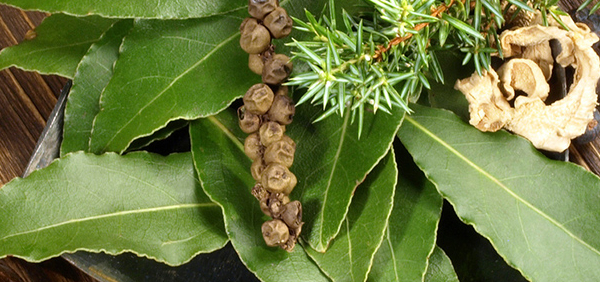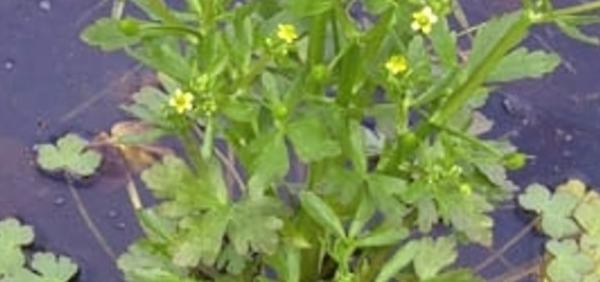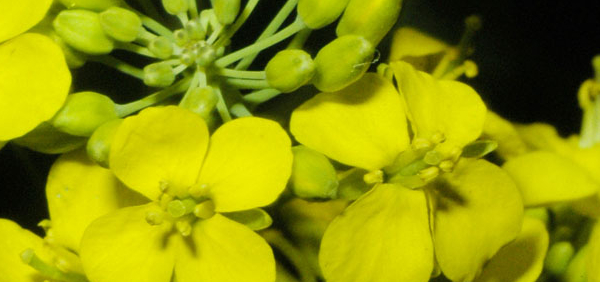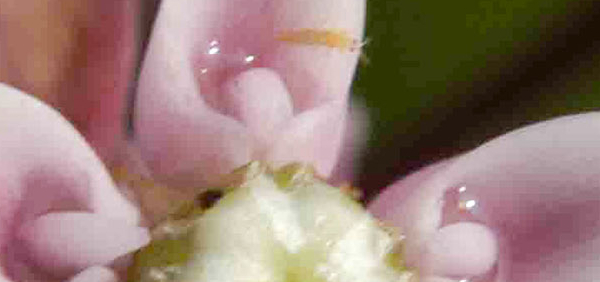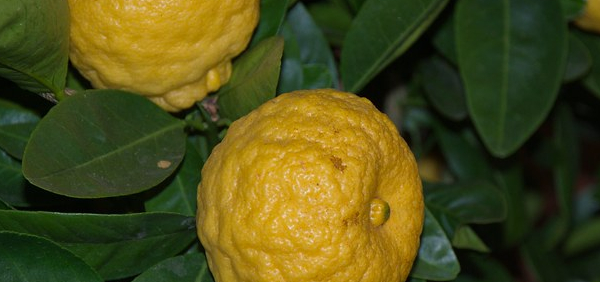indhana :

Morphology:
Artemisia absinthium is a herbaceous perennial plant with fibrous roots. The stems are straight, growing to 0.8–1.2 metres (2 ft 7 in–3 ft 11 in) (sometimes even over 1.5 m, but rarely) tall, grooved, branched, and silvery-green. The leaves are spirally arranged, greenish-grey above and white below, covered with silky silvery-white trichomes, and bearing minute oil-producing glands; the basal leaves are up to 25 cm long, bipinnate to tripinnate with long petioles, with the cauline leaves (those on the stem) smaller, 5–10 cm long, less divided, and with short petioles; the uppermost leaves can be both simple and sessile (without a petiole). Its flowers are pale yellow, tubular, and clustered in spherical bent-down heads (capitula), which are in turn clustered in leafy and branched panicles. Flowering is from early summer to early autumn; pollination is anemophilous. The fruit is a small achene; seed dispersal is by gravity.
Histology:
The young stem twigs shows outer single layer of epidermis which consists of cubical cells. Many of the epidermal cells are extended outwards to form trichomes. The trichomes are formed of cells arranged in single row or the lower being 2-5 celled. In the mature stem the endodermis has casparian strips while the cortex and pith are parenchymatous. The stem bears the usual structure. The winged petiole in T.S. shows a wavy outline. The trichomes are present all along the margins. The middle vascular bundle is larger in size showing prominent xylem and phloem layers. Glandular trichomes are present on both the surfaces. The stomata are present on the lower surface. The flowering heads are surrounded by 8-10 bracts. The anthers are yellow in color. The powdered drug is brownish yellow in color and characteristic non- lignified hair are found to be T- shaped






